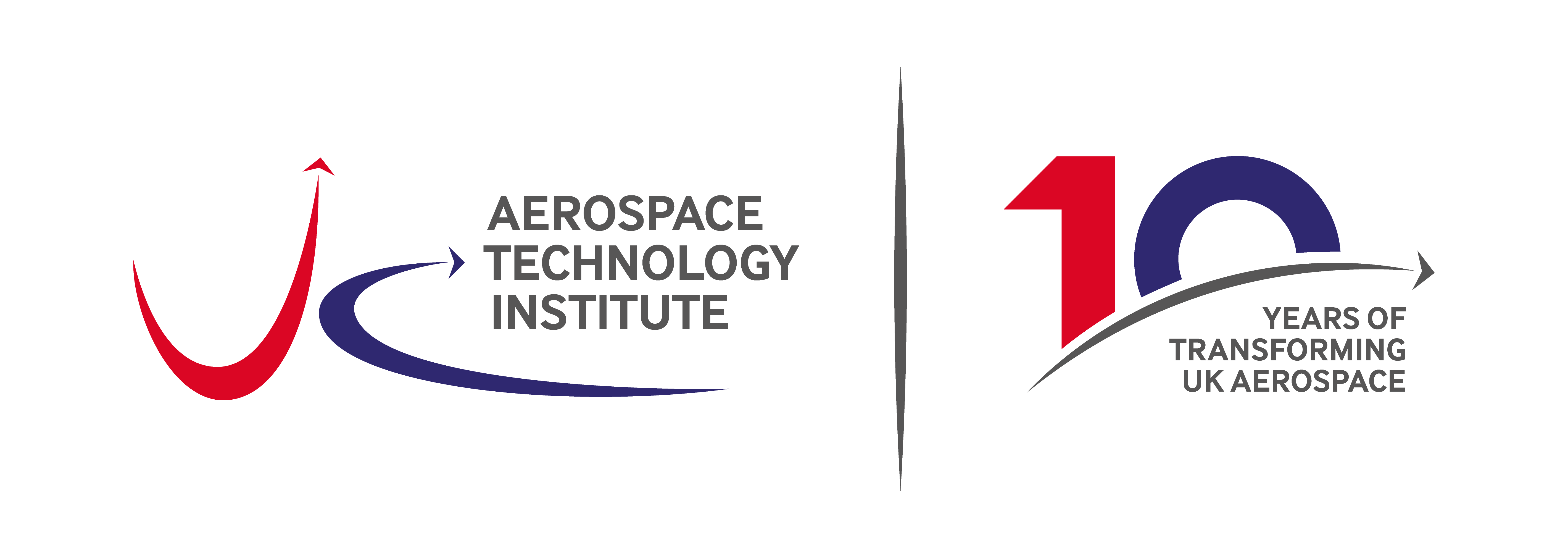Five minutes with… Simon Webb
FlyZero Chief Engineer – Propulsion Simon Webb, believes that zero-carbon technologies will be key to high value jobs in the future.
What attracted you to join the FlyZero project?
This project opens my professional horizon much wider than anything I’ve worked on before. I’ve been at Rolls-Royce for 20 years, spending a lot of my career on what we call the ‘cold end ‘of the engine – the front end of the gas turbine – which is about the fans and compressors. So, I was attracted to the combination of being part of a big, ambitious, worthwhile challenge, and exploring the wider technical and commercial aspects of the industry. Working as part of a team of like-minded people with a broad range of backgrounds and expertise makes it really interesting too.
What does your role entail?
I lead a team of 25 people who are looking across the energy challenge, tackling questions on how to best create the technology required to get the fuel on board, store it, send it through the aircraft via a powertrain and convert it into kinetic energy to generate thrust. We are looking for lightweight solutions and working to understand all the different technology bricks as we go.
My role is about providing leadership and direction for the team, reviewing and giving feedback on the work. We’ve recruited a great team with broad range of backgrounds and personalities. I make sure they interact with the other teams as well as giving them a vision for the future while they are doing the detailed work.
The other part of the job is communicating on what we are doing and what our studies mean to people inside the project and now, as we progress, also to those in other companies. The engineering population is very interested in our work and being away from the detail helps me to explain the top-level engineering challenge.

Simon Webb, Chief Engineer – Propulsion
How do you interact with the other chief engineers?
We meet twice a week to discuss how things are going, to make sure we’re driving interaction and working together. For instance, in our challenge teams which are trying to address our key challenges, we deliberately mix up people from the aircraft, airframe and propulsion teams. This helps encourage cross-fertilisation of thinking – particularly on the challenges we face with hydrogen.
What are your biggest challenges?
We recently released our first output paper, Primary Energy Source Comparison and Selection, which identified liquid hydrogen as having the most potential for powering the next generation of zero-carbon emission aircraft.
You need a cryogenic tank and fuel system to deal with liquid hydrogen, which is very cold (approximately -253 ºC). We’re pulling in information about this from different companies via our offload packages. Liquid hydrogen is used by the space industry – but they don’t have the same lifecycle and robustness challenges we do. Space systems are generally used once for tens of minutes rather through hundreds of flights a year, over the course of maybe 30 years. And they only make a few of them whereas we would need to build several thousand.
Pitting new technology against mature systems and managing people’s expectations is another big challenge. Significant changes must be made to things like the gas turbine, then there’s fuel cells and the electrical system. These need to compete with gas turbine technology that we’ve spent billions of pounds on developing over the last 50 years.
What is the response of industry?
Generally positive. Companies see the need to decarbonise and want to work with us to understand what’s going on and develop their own capability in what could be next generation technology.
The UK has world-leading capability in gas turbines. The challenge of decarbonising aviation brings with it the opportunity to secure market share and with it, high value jobs.
If you’re looking at liquid hydrogen, you need a more integrated fuel to propulsion system design – you want to cool things like fuel cells and turbines and the hydrogen is very cooling, that means a more integrated systems approach is needed. That kind of high value design work is where the UK could take the lead.
Looking more widely, France and Germany are moving very quickly on hydrogen, while US companies are more focused on trying to achieve net zero using sustainable aviation fuel (SAF) which keeps existing aircraft in service. The US is the biggest country in terms of flying market spend, with China second and then the UK in third. Our market is almost exclusively international travel, which reinforces the need for us to do more, otherwise there is a danger we will fall behind.
Finally, where will you fly to on your first zero-carbon emissions flight?
I’m looking forward to taking a guilt free long-haul flight to Australia. I’d love to fly there knowing I wasn’t emitting any carbon. I’d be visiting family and I’d also like to go diving off the great barrier reef and visit Fraser Island.

